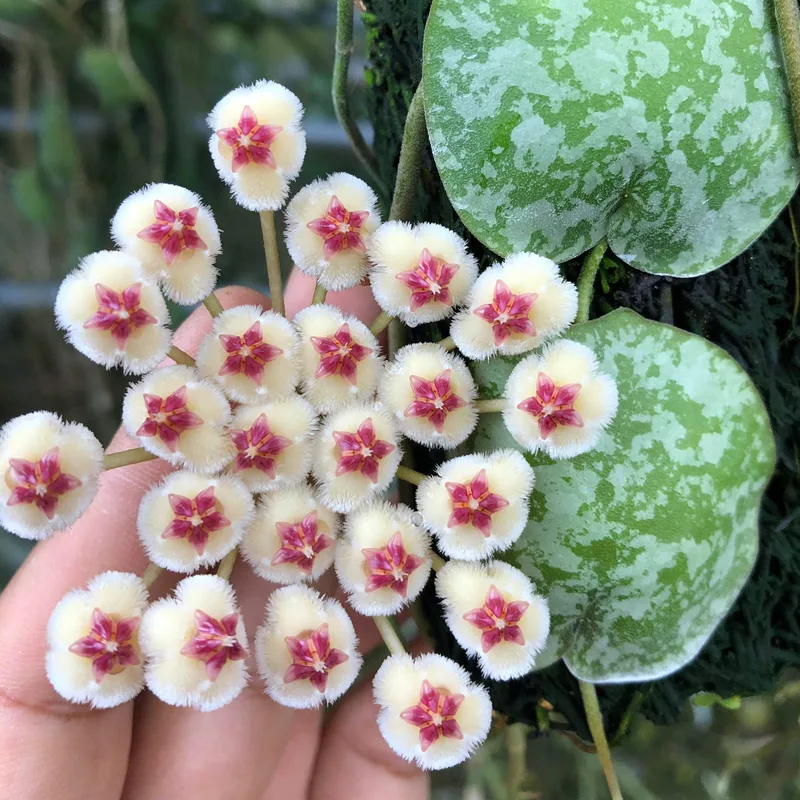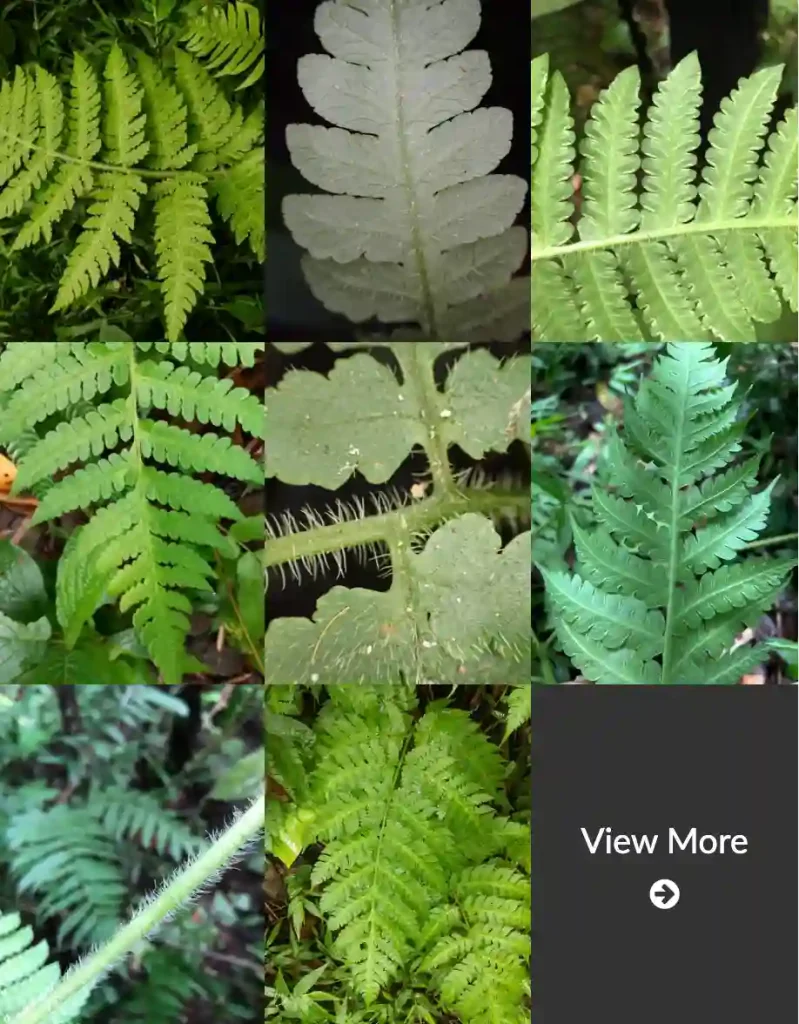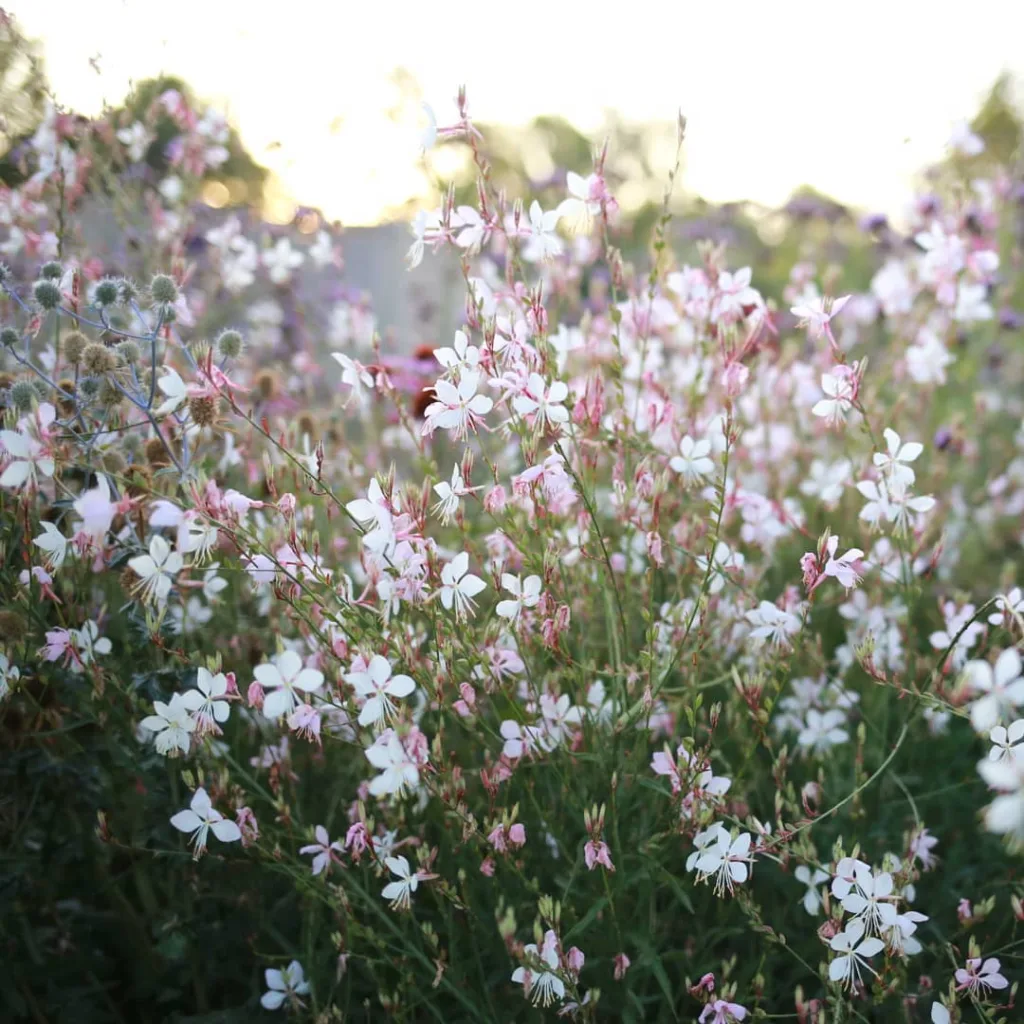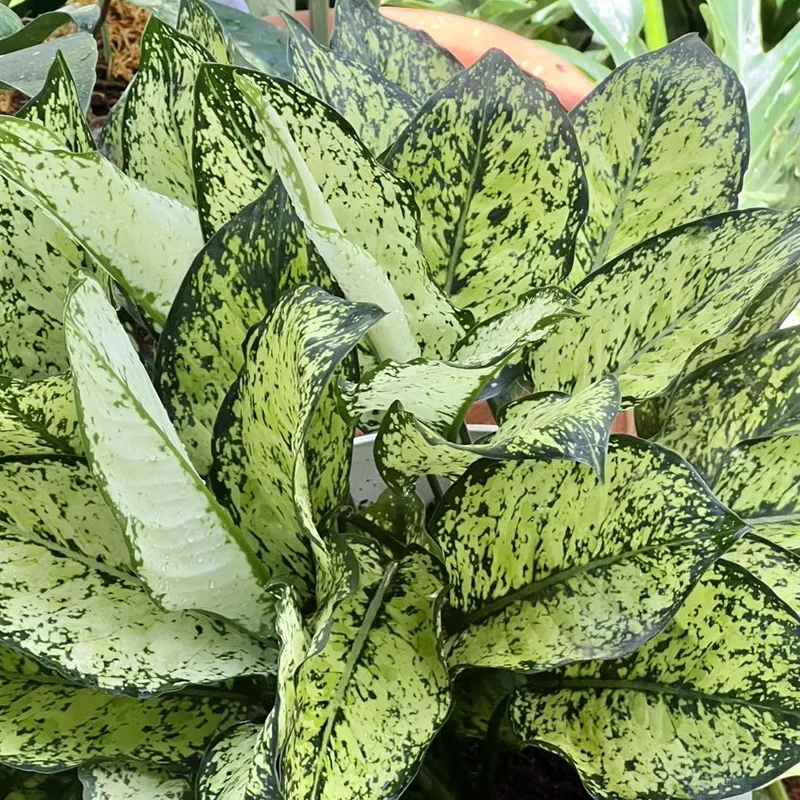A Deep Dive into the Diverse World of Phaseolus Beans
As a plant enthusiast, I’ve always been fascinated by the diversity and global impact of the Phaseolus genus. More commonly known as beans, these legumes have been a staple food source for centuries, providing essential nutrients to cultures around the world. From the humble kidney bean in your chili to the vibrant runner bean climbing up a trellis, Phaseolus offers a stunning variety of forms and flavors. Join me as we explore the fascinating world of these botanical wonders.
What Makes a Bean a Phaseolus?
Phaseolus is a genus of herbaceous vines belonging to the Fabaceae family, which also includes peas and lentils. Native to the Americas, particularly Mesoamerica, there are roughly 88 species of Phaseolus. They are characterized by their:
- Vining habit: Most Phaseolus species are climbers, using twining stems to ascend supports.
- Trifoliate leaves: Their leaves are divided into three leaflets.
- Legume pods: Their fruits are pods containing seeds, which are the beans we consume.
A Bean for Every Occasion: Exploring the Species
The Phaseolus genus boasts a remarkable array of species, each with unique characteristics and culinary uses. Here are:
- Phaseolus acinaciformis Freytag & Debouck
- Phaseolus acutifolius A.Gray
- Phaseolus albescens McVaugh ex R.Delgad. & A.Delgado
- Phaseolus albicarminus Debouck & N.Chaves
- Phaseolus albiflorus Freytag & Debouck
- Phaseolus albinervis Freytag & Debouck
- Phaseolus albiviolaceus Freytag & Debouck
- Phaseolus altimontanus Freytag & Debouck
- Phaseolus amabilis Standl.
- Phaseolus amblyosepalus (Piper) C.V.Morton
- Phaseolus angucianae Debouck & Araya
- Phaseolus angustissimus A.Gray
- Phaseolus anisophyllus (Piper) Freytag & Debouck
- Phaseolus atomifer M.E.Jones
- Phaseolus campanulatus Freytag & Debouck
- Phaseolus carterae Freytag & Debouck
- Phaseolus chiapasanus Piper
- Phaseolus coccineus L.
- Phaseolus costaricensis Freytag & Debouck
- Phaseolus dasycarpus Freytag & Debouck
- Phaseolus debouckii A.Delgado
- Phaseolus × dumosus Macfad.
- Phaseolus esperanzae Seaton
- Phaseolus esquincensis Freytag
- Phaseolus filiformis Benth.
- Phaseolus glabellus Piper
- Phaseolus gladiolatus Freytag & Debouck
- Phaseolus grayanus Wooton & Standl.
- Phaseolus hintonii A.Delgado
- Phaseolus hygrophilus Debouck
- Phaseolus jaliscanus Piper
- Phaseolus juquilensis A.Delgado
- Phaseolus laxiflorus Piper
- Phaseolus leptophyllus G.Don
- Phaseolus leptostachyus Benth.
- Phaseolus lignosus Britton
- Phaseolus longiplacentifer Freytag
- Phaseolus lunatus L.
- Phaseolus macrolepis Piper
- Phaseolus maculatifolius Freytag & Debouck
- Phaseolus maculatus Scheele
- Phaseolus macvaughii A.Delgado
- Phaseolus magnilobatus Freytag & Debouck
- Phaseolus marechalii A.Delgado
- Phaseolus micranthus Hook. & Arn.
- Phaseolus microcarpus Mart.
- Phaseolus mollis Hook.f.
- Phaseolus montanus Brandegee
- Phaseolus neglectus F.J.Herm.
- Phaseolus nelsonii Maréchal, Mascherpa & Stainier
- Phaseolus nodosus Freytag & Debouck
- Phaseolus novoleonensis Debouck
- Phaseolus oaxacanus Rose
- Phaseolus oligospermus Piper
- Phaseolus ovatifolius Piper
- Phaseolus pachyrrhizoides Harms
- Phaseolus parvulus Greene
- Phaseolus pauciflorus Sessé & Moc. ex G.Don
- Phaseolus pedicellatus Benth.
- Phaseolus perplexus A.Delgado
- Phaseolus persistentus Freytag & Debouck
- Phaseolus plagiocylix Harms
- Phaseolus polymorphus S.Watson
- Phaseolus polystachios (L.) Britton, Sterns & Poggenb.
- Phaseolus pulchellus Piper
- Phaseolus purpusii Brandegee
- Phaseolus reticulatus Freytag & Debouck
- Phaseolus ritensis M.E.Jones
- Phaseolus rotundatus Freytag & Debouck
- Phaseolus salicifolius Piper
- Phaseolus scabrellus Benth. ex S.Watson
- Phaseolus scrobiculatifolius Freytag
- Phaseolus sinuatus Nutt.
- Phaseolus smilacifolius Pollard
- Phaseolus sonorensis Standl.
- Phaseolus talamancensis Debouck & Torres Gonz.
- Phaseolus tenellus Piper
- Phaseolus teulensis Freytag
- Phaseolus texensis A.Delgado & W.R.Carr
- Phaseolus trifidus Freytag
- Phaseolus tuerckheimii Donn.Sm.
- Phaseolus venosus Piper
- Phaseolus viridis Piper
- Phaseolus vulcanicus (Piper) Maréchal, Mascherpa & Stainier
- Phaseolus vulgaris L.
- Phaseolus xanthotrichus Piper
- Phaseolus xolocotzii A.Delgado
- Phaseolus zimapanensis A.Delgado
The Importance of Phaseolus
Beans have played a pivotal role in human history, serving as a vital source of protein and other essential nutrients for countless communities. Their ability to fix nitrogen in the soil also improves soil fertility, making them a valuable component of sustainable agricultural systems.
Beyond their nutritional significance, Phaseolus beans have also shaped cultural traditions and cuisines around the world. From the classic American chili to the flavorful feijoada of Brazil, these legumes have inspired diverse culinary creations that reflect the rich heritage of their regions.
Looking Ahead
As we face the challenges of a growing global population and changing climate, the importance of sustainable and resilient food sources becomes increasingly clear. Phaseolus beans, with their adaptability, nutritional value, and cultural significance, offer a promising solution for food security and sustainable agriculture. By continuing to explore and understand the diversity of this remarkable genus, we can harness its potential to nourish and sustain future generations.
If i die, water my plants!



